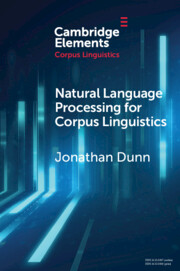With the advancement of high-throughput sequencing technologies, the amount of available sequencing data is growing at a pace that has now begun to greatly challenge the data processing and storage capacities of modern computer systems. Removing redundancy from such data by clustering could be crucial for reducing memory, disk space and running time consumption. In addition, it also has good performance on reducing dataset noise in some analysis applications. In this study, we propose a high-performance short sequence classification algorithm (HSC) for next generation sequencing (NGS) data based on efficient hash function and text similarity. First, HSC converts all reads into k-mers, then it forms a unique k-mer set by merging the duplicated and reverse complementary elements. Second, all unique k-mers are stored in a hash table, where the k-mer string is stored in the key field, and the ID of the reads containing the k-mer are stored in the value field. Third, each hash unit is transformed into a short text consisting of reads. Fourth, texts that satisfy the similarity threshold are combined into a long text, the merge operation is executed iteratively until there is no text that satisfies the merge condition. Finally, the long text is transformed into a cluster consisting of reads. We tested HSC using five real datasets. The experimental results showed that HSC cluster 100 million short reads within 2 hours, and it has excellent performance in reducing memory consumption. Compared to existing methods, HSC is much faster than other tools, it can easily handle tens of millions of sequences. In addition, when HSC is used as a preprocessing tool to produce assembly data, the memory and time consumption of the assembler is greatly reduced. It can help the assembler to achieve better assemblies in terms of N50, NA50 and genome fraction.
